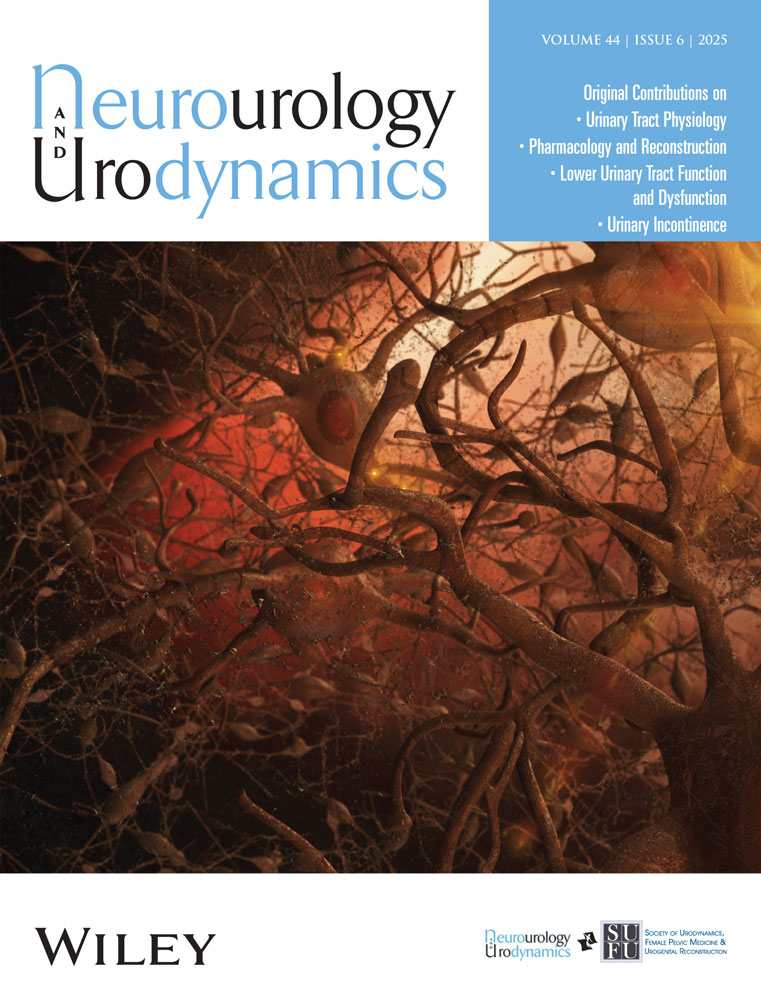Revisiting reliability of quantified perineal ultrasound: Bland and Altman analysis of a new protocol for the rectangular coordinate method
Abstract
Aims
This study tested the reliability of a new protocol for the rectangular coordinate method of quantifying perineal ultrasound.
Methods
Representative scans of healthy primiparous females were quantified by positioning a pubic bone template, drawn onto an acetate sheet containing x–y axes, over scans, by aligning the x-axis with the pubic bone central axis. Values for x (Dx) and y (Dy) located the urethrovesical junction (UVJ) at Rest, and at maximal Valsalva and Kegel. Range of motion (V–K) was calculated. Bland and Altman analysis, correlations, and t-tests determined intra- and inter-rater reliability, and variance due to designation of the pubic bone central axis (template control).
Results
Correlations averaged 0.72, 0.70, and 0.92 for intra-rater, inter-rater, and template control experiments. Dx Rest, Dx Kegel, and V–K were reliable in all experiments. First and second measures for inter-rater Dy Rest and Dy Kegel, and template control Dy Valsalva were significantly different. Bland and Altman analysis showed Dy Rest, Dy Kegel, and Dx and Dy Valsalva for both reliability experiments to have limits of agreement (LOA's) large enough to explain ≥50% of the actual value ranges. Template control LOA's explained ≤30% of the actual value ranges.
Conclusions
The reliability of this protocol varied according to the conditions analyzed; accurate reliability assessment of all conditions required Bland and Altman analysis; and the designation of the pubic bone central axis remained a source of variance between investigators. Our results suggest Bland and Altman analysis be used with each study that quantifies perineal ultrasound. Neurourol. Urodynam. 25:731–738, 2006. © 2006 Wiley-Liss, Inc.




